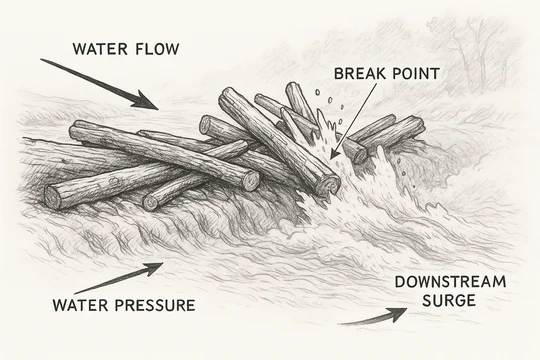On Monday, Judge Andrews addressed a plaintiff's attempt to cure a § 101 dismissal by amending its complaint—certainly not something you see every day.
Earlier in the case, Magistrate Judge Fallon issued an R&R concluding that one of the asserted patents was directed to ineligible subject matter. Judge Andrews adopted the R&R and granted dismissal without prejudice.
The plaintiff then filed an amended complaint, which contained "eight new paragraphs with allegations . . . tout[ing] the supposed advantages and improved methods of the" previously dismissed patent.
Judge Andrews found that these allegations were not enough to avoid dismissal, granting partial dismissal of the amended complaint with prejudice:
These allegations do not resolve the issues that the Magistrate Judge identified in the Report and Recommendation. The Report and Recommendation concluded, "[C]laim 1 recites only results-based, functional language without articulating how to achieve the stated goal of mutual authentication in a non-abstract way." (D.I. 17 at 9). Plaintiff's additional allegations do not change the fact that Claim 1 consists of "results-based, functional language" that does not articulate "how to achieve the stated goal of mutual authentication in a non-abstract way." (See id.). Regardless of Plaintiff's contentions pertaining to the advantages of the '553 Patent's teachings or how well-known mutual authentication was, the new allegations do not change the language of the patent, which the Report and Recommendation determined lacked the '"specificity required to transform a claim from one claiming only a result to one claiming a way of achieving it."' (Id. at 10 (quoting SAP Am., Inc. v. InvestPic, LLC, 898 F.3d 1161, 1167 (Fed. Cir. 2018)).
If you enjoyed this post, consider subscribing to receive free e-mail updates about new posts.




